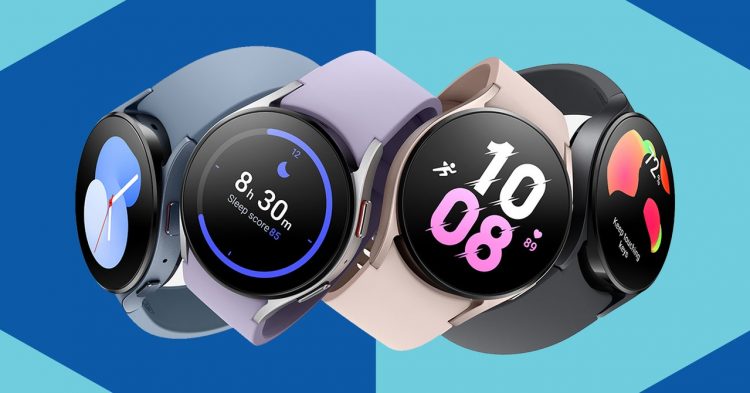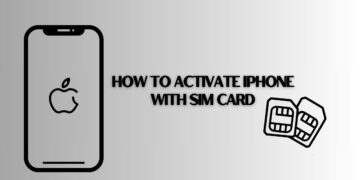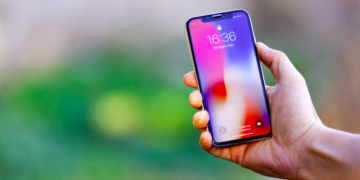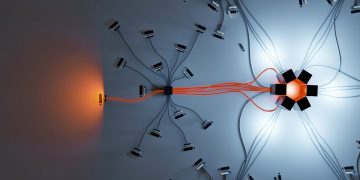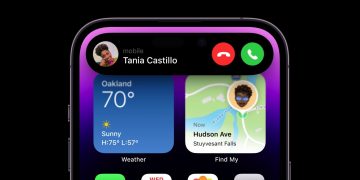The 44-mm Watch5 usually hovered around 20 percent after I woke up the next day, and that’s with two auto-tracked walks, checking and responding to notifications, GPS navigation when I rode my electric scooter, and sleep tracking. Thirty minutes of charging from 20 percent brought it up to 70 percent, which is good enough, but I wish it recharged even faster. The Watch5 Pro fares a little better, usually lasting to the end of day two after the same level of activity on a single charge.
These numbers are better than the Apple Watch’s battery life, but marginally so. I should also disclose that my battery results are with the always-on display turned on, so the Watch5 will last longer if you don’t enable that. I did not turn on continuous heart-rate tracking and left it at the default, which tracks your heart rate every 10 minutes while still. Turning it on will chew through the battery even more.
As for health and fitness tracking, the most important thing to know before you buy is that the electrocardiogram feature (cleared by the US Food and Drug Administration) works only if you pair these watches with a Samsung smartphone. It’s a really silly restriction. Technically this applies to blood pressure monitoring, but that feature has yet to be cleared by the FDA despite it being available in South Korea for years.
Everything else works with Android phones perfectly well. I wore an Apple Watch Series 7 on my opposite wrist while testing the Wear5s, and nearly every metric they measured matched perfectly with the Apple Watch, give or take a few digits. That includes heart-rate measurements, sleep tracking, blood oxygen levels, and steps. Even when I hit the gym and hopped on an exercise bike, the activity workout display on the Watch5 is almost a replica of what Apple provides on the Apple Watch (a good thing). I like that the Galaxy speaks up when I hit certain milestones, like after 30 minutes on the bike.
One of my favorite features of the Galaxy Watch5 series is the auto-workout detection, especially when it starts up automatically when I walk my dog. There’s something about a watch counting my daily walks as a form of exercise that makes me feel a bit better when I can’t do any strenuous exercise that day, and it actively encourages me to walk for a bit longer. It’s really great at figuring out when I stop walking too, automatically pausing if I’m waiting to cross at a traffic light and starting back up when my legs start to move.
Sleep tracking has been pretty accurate for me as well, and it now tracks blood oxygen levels and how much you snore when you’re in the land of nod. It’s good for evidence gathering because I can show my partner that I definitely did not snore last night. One new feature is a coaching program to improve your overall sleep. It requires a full week to gather data, so I’ve entered just my first week of a four-week sleep course.
Source by www.wired.com






















